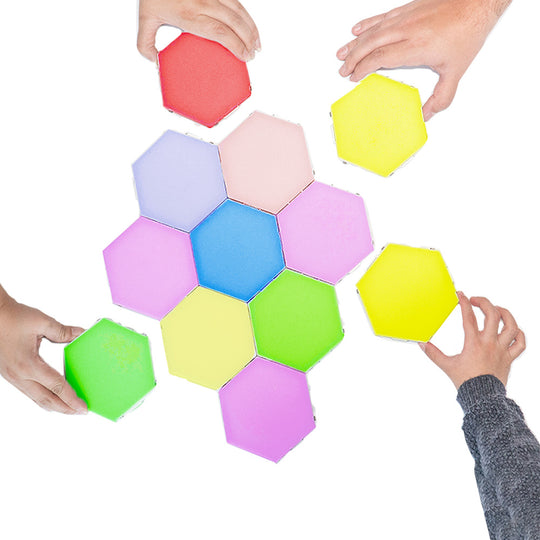
Welcome to a world where the flicker of light is not just illumination, but a beacon of hope and progress. Imagine stepping into a room where every hue, every shimmer, and every glow is a step towards integration and understanding. That's the magic we're diving into today - the enchanting role of sensory lights in sensory integration therapy.
Understanding Sensory Integration Therapy
Sensory integration therapy is like a symphony for the senses. It's where touch, smell, taste, sight, and hearing come together in a beautiful harmony, specifically designed to support individuals with sensory processing challenges, such as those faced by children on the autism spectrum. The aim? To smooth out the rough edges of challenging or repetitive behaviors that stem from difficulties in processing sensory input.
This therapy isn't just about managing behaviors; it's about embracing the unique ways each child experiences the world. Through playful, sensory-rich activities, therapists help children navigate and interpret the sensory information that can often be overwhelming or confusing.
Now, let's turn up the dial on one sensory element that's casting a new light on therapy - sensory lights. These aren't your average bulbs; they're tools of transformation within therapeutic environments.
The Science of Sensory Lights
At the core of sensory lights' effectiveness is a concept that's as fascinating as it is functional. Light has a profound impact on how we perceive the world, and for individuals with sensory processing differences, it can be a powerful medium for communication, learning, and growth. Sensory lights create an engaging, dynamic environment that can help modulate sensory input and, in turn, assist in the development of neurological pathways.
These lights can be programmed to change colors, intensity, and patterns, providing a customizable experience that can soothe, stimulate, or simply enchant, depending on the individual's needs. It's like having a visual language that speaks volumes to a child's sensory system.
But how does this translate into therapy? Let's shine a light on the practical applications and witness the glow of progress in real-time.
Sensory Lights in Action
Within the therapeutic setting, sensory lights are not just a backdrop; they're active participants. By incorporating these lights into sensory integration therapy, therapists can create a range of experiences from calming to engaging. This versatility is particularly valuable in addressing the individual needs of children with autism, who may have diverse and fluctuating sensory preferences.
Take, for instance, the modular touch-sensitive LED light. This isn't just a light; it's an interactive canvas for expression and exploration. Children can touch, manipulate, and alter the light patterns, which not only engages their visual sense but also their tactile and proprioceptive senses. It's a multi-sensory experience that can lead to breakthroughs in therapy.
The beauty of sensory lights lies in their adaptability. They can be used to create a tranquil, underwater-like environment that promotes relaxation or an energetic, disco-style space that encourages movement and play. It's about meeting children where they are and guiding them to where they can be.
As we journey through the kaleidoscope of sensory integration therapy, it becomes clear that the role of sensory lights is not just to illuminate, but to inspire. By enhancing therapeutic environments with the dynamic interplay of light and color, we open up new pathways for growth, learning, and joy.
And so, as the lights continue to dance, we see more than just a spectrum of colors. We see the spectrum of potential within each child, glowing brighter with every sensory experience. Let's keep that light shining, for it is a beacon of hope in the ever-evolving world of sensory integration therapy.











Leave a comment